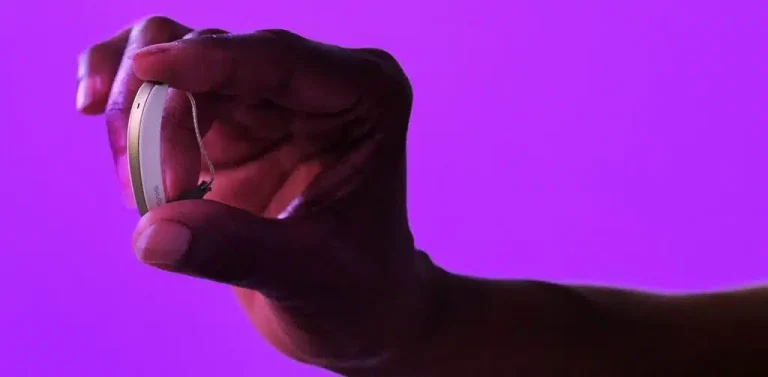Orthodontics is the study of the growth and development of the jaws and face. This specialty of dentistry also covers internal and external influences on the development, prevention, and correction of teeth concerns. Dr. Yon Lai is an orthodontist in Flushing, NY, and the founder of House of Braces. This institution offers a variety of tooth services to improve the functioning of oral and facial apparatus.
The most common reason for seeking orthodontic care is to improve the appearance of the teeth and face. Many malocclusions are associated with the unsightly appearance of teeth and can thus affect the individual self-image; thus, orthodontic treatment should improve the aesthetics of an individual’s teeth. The oral-facial region consists of dental, skeletal tissue, and soft tissue, including musculature. Stable orthodontic treatment maintains a balance between these three components.
Five major characteristics of an orthodontic patient

When diagnosing a patient, dentists place their findings into five categories:
- Facial proportions and esthetics: Patients are usually concerned about their lip posture and smile.
- Alignment and symmetry: This class involves issues of teeth crowding, spacing, and rotations.
- Transverse: Most patients in this category complain about having a posterior crossbite.
- Anteroposterior: Over jets and Angle Class are the significant issues in this class.
- Vertical: Dentists deal with overbites and curve of spee.
The list shows that the categories are not clean cuts; they overlap each other.
Basics of an orthodontic exam
A thorough assessment focuses on the following:
- Teeth are part of an intraoral exam.
- The face makes up an extraoral exam.
- The dentist also gets additional information from radiographs, particularly the cephalometric.
Teeth diagnosis
During an intraoral exam, your doctor will evaluate your teeth, specifically looking for:
- Malocclusion
This condition presents as misaligned teeth and is also known as a bad bite. Patients with severe malocclusions may have difficulty performing essential oral functions like chewing correctly. A dental health professional may recommend specific treatment options like using braces to reposition your teeth, dental appliances for realignment, or surgery to reshape your jaw.
- Molar classification
This system classifies malocclusions through molar relationships. There are three classes:
- Class 1: The first molar on the upper jaw is positioned posteriorly to the lower jaw.
- Class 2: The maxillary molar is inclined forwards to the mandibular molar.
- Class 3: The posterior position of the maxillary molar to the mandibular molar is severe.
- Incisor overlap
This condition is also known as an overbite and involves the overlap of the bottom incisors on the upper jaw. Dentists use braces to correct this dental concern.
- Crossbite
When the teeth in one jaw are closer to the cheeks and tongue than the other jaw, dentists classify this as a crossbite. This condition affects the alignment of teeth and may result in an odd-looking smile.
- Bolton Analysis
When diagnosing teeth, dentists pay attention to a patient’s tooth sizes in the upper and lower jaw to develop an ideal treatment plan.
Contact House of Braces to learn more about the state of your teeth by booking an appointment to get a comprehensive orthodontic diagnosis.
















